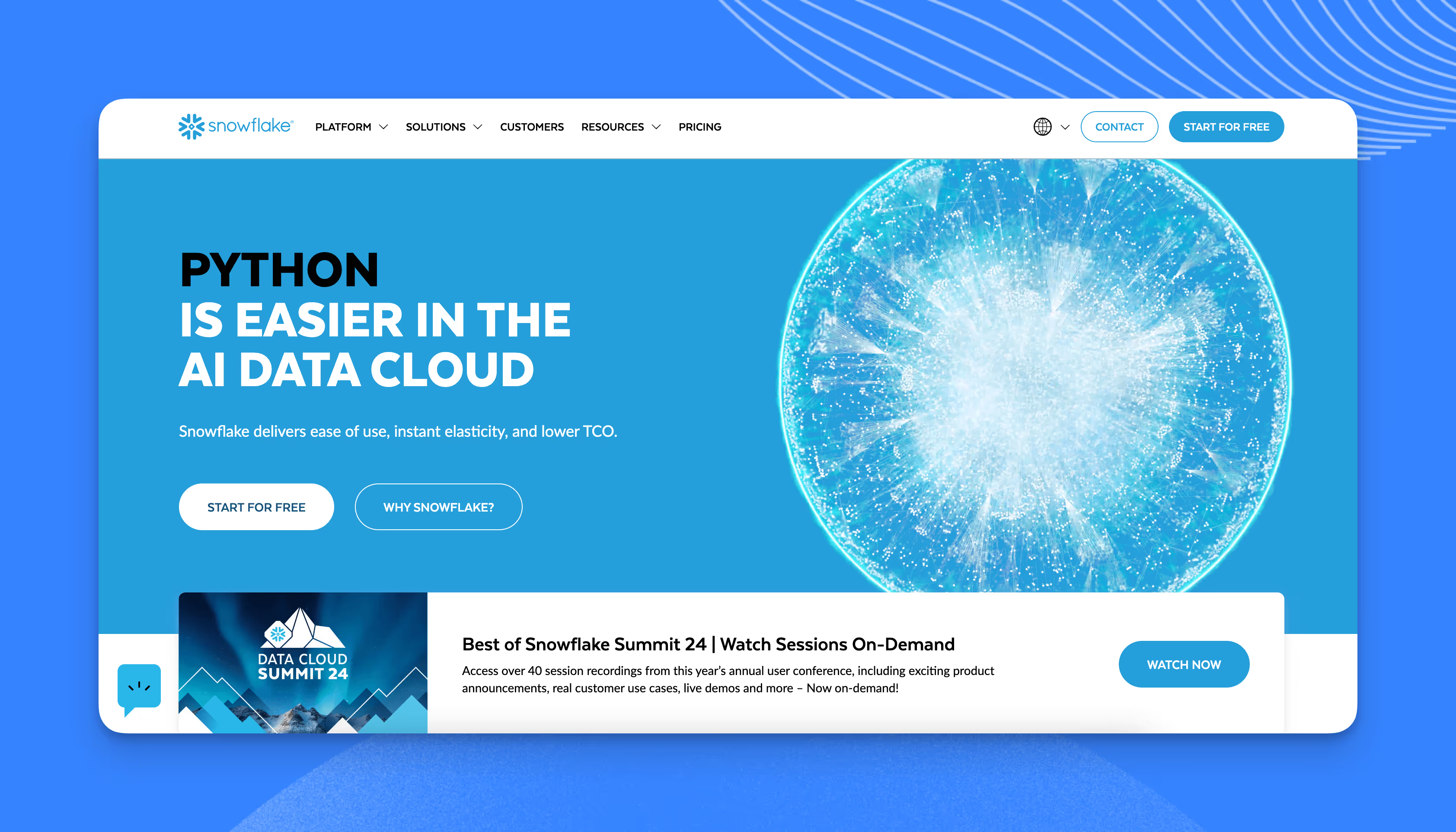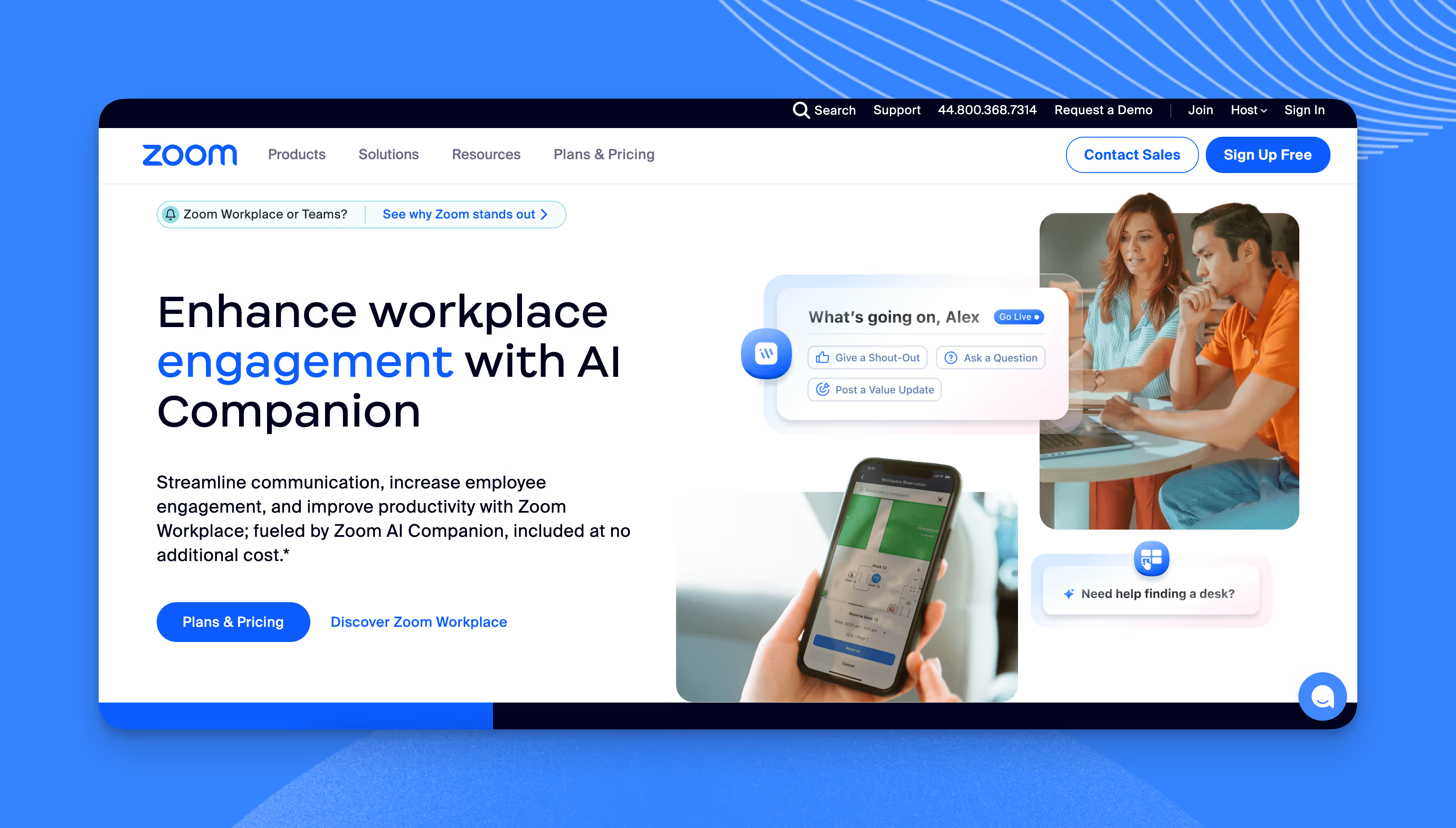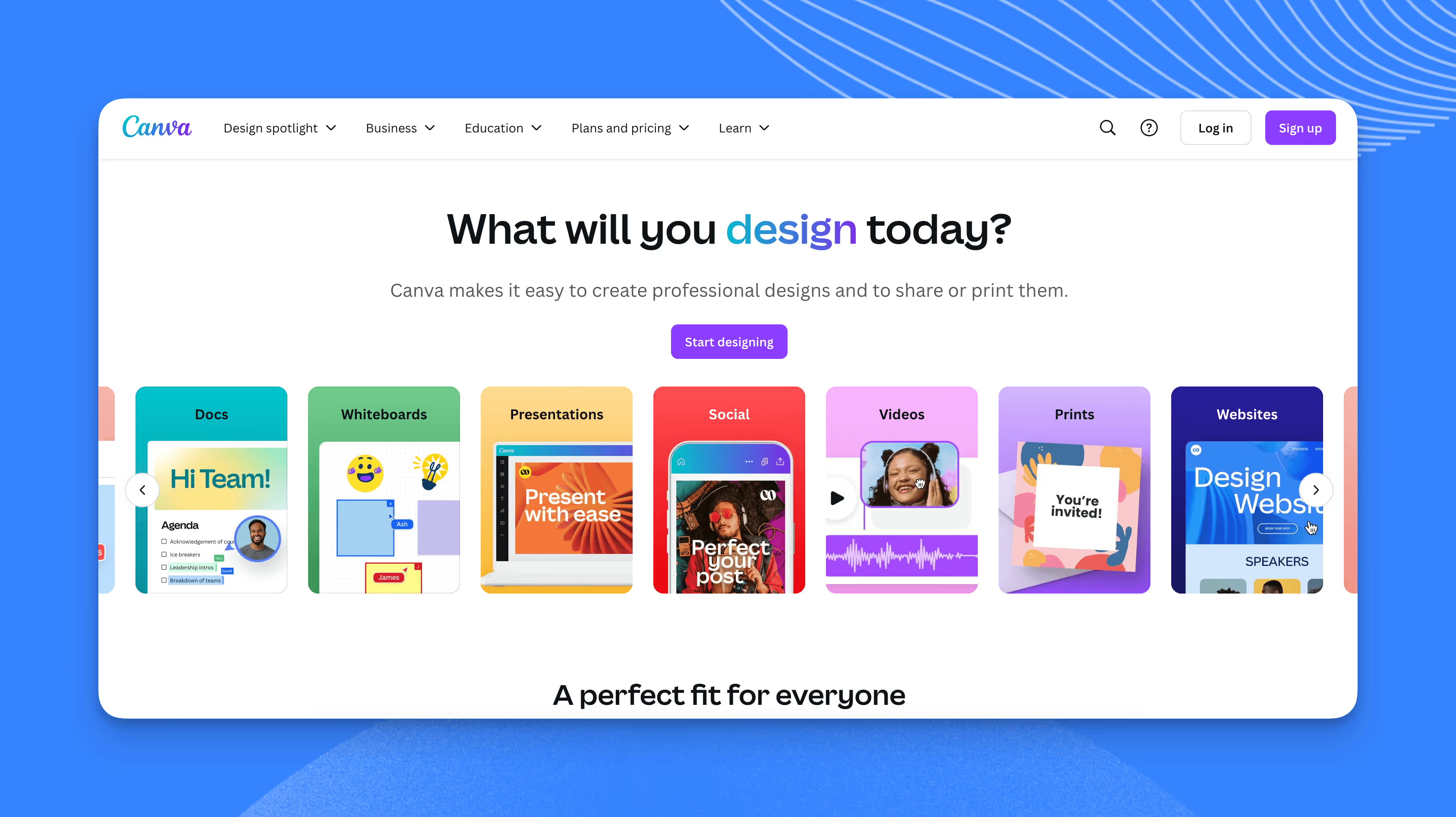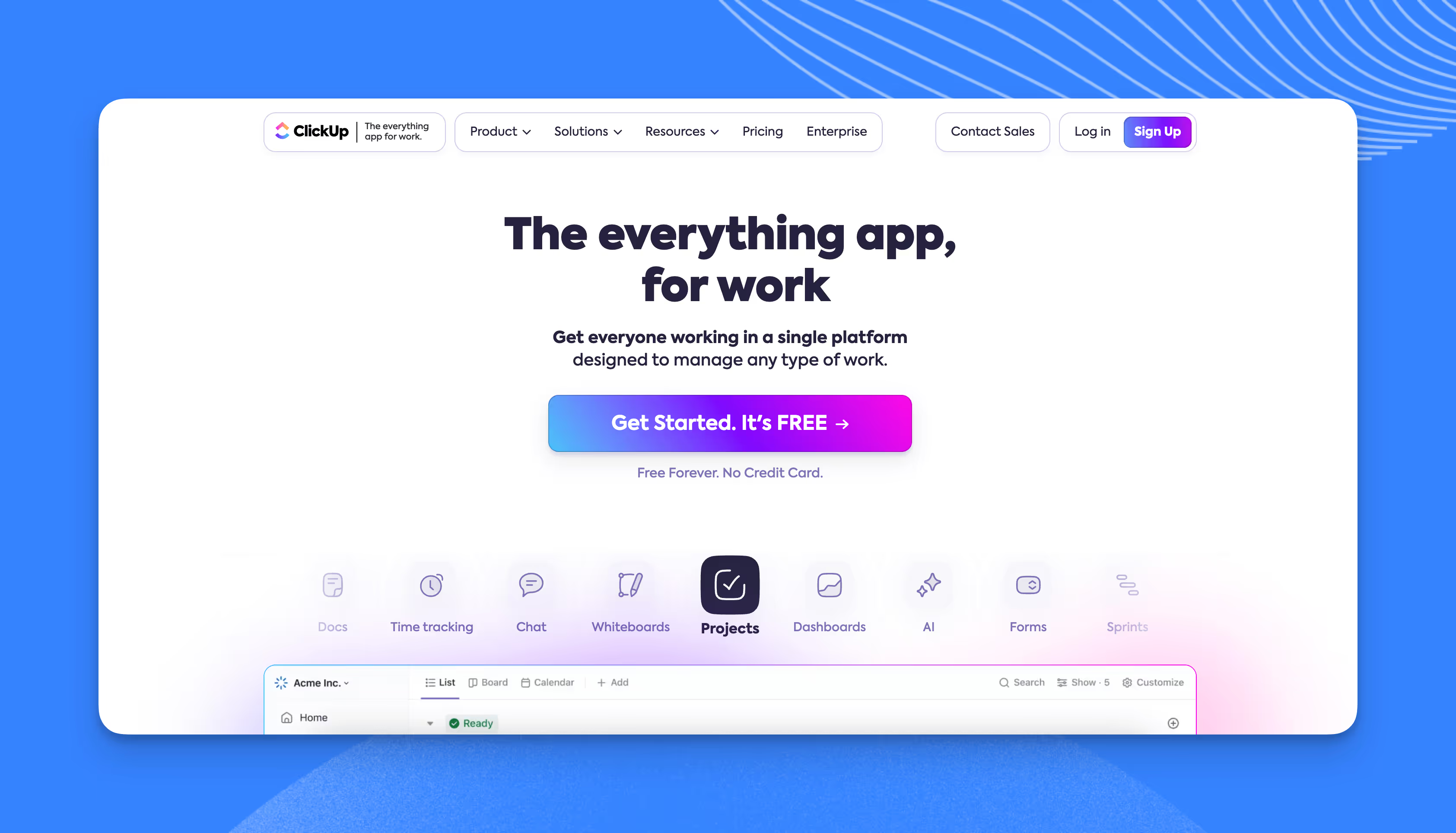The SaaS billing models you choose for your company have a much bigger impact on revenue than just being a payment mechanism. The same thing goes for SaaS pricing strategies. You’ll use these to refine just how much you get out of the model you chose.
In this guide, we’ll share seven SaaS pricing models and seven pricing strategies. Before we start with each list, we’ll explain what each is in detail.
After presenting you with options, we’ll share some insight to help you choose. As you’ll soon find out, this will highly depend on your short and long-term goals.
Before we get into the nitty-gritty, let’s kick things off with SaaS billing models.
What are SaaS billing models?
SaaS billing models are a strategic lever. They shape your customer relationships, growth trajectory, and financial success.
The right billing model can unlock untapped revenue potential. It can foster customer loyalty and set your business on a path to sustainable growth. Let's dive into seven prevalent models and how they can power your SaaS engine:
1. Subscription-based billing
Think of this type of billing as the "Netflix model." Customers pay a recurring fee — often monthly or annually — for access to your software.
This model offers predictability for both you and your customers. You’re offering with a clear expectation of ongoing value in exchange for regular payments.
Pros
- Steady revenue: The recurring revenue stream provides financial stability. It also makes it easier to forecast future revenue.
- Customer retention: Subscription billing encourages customer loyalty and long-term relationships.
- Predictable growth: By knowing your churn rate and monthly recurring revenue you can better project growth.
Cons
- Initial resistance: Some customers may hesitate to commit to recurring payments. Offering free trials or discounts can help overcome this barrier.
- Churn risk: Maintaining customer satisfaction is crucial to prevent churn. Continuous improvement and value delivery are essential.
Example: Adobe Creative Cloud

Adobe Creative Cloud offers a suite of creative software applications on a subscription basis. Users can subscribe to single applications like Photoshop or the entire suite of Adobe tools. The way they access them is by paying a recurring monthly or annual fee. This model provides predictable revenue for Adobe. It also guarantees continuous value and updates for subscribers.
One of the main draws of using this SaaS billing model is you’re fostering long-term customer relationships and loyalty. In a way, you’re indirectly helping the user turn repeated use of your SaaS into a habit. This is often seen as a source of this model’s sustained success.
2. Usage-based billing
This model aligns cost with consumption. Customers pay based on their actual usage of the software, whether it's the number of transactions, API calls, or data stored.
Pros
- Fairness and transparency: Customers only pay for what they use. This makes it an attractive option for businesses with fluctuating needs.
- Scalability: This model scales with the customer's growth, ensuring they only pay for the resources they actually need.
Cons
- Revenue volatility: Unpredictable usage patterns can lead to fluctuations in revenue. This means financial forecasting becomes more challenging.
- Customer perception: Some customers may find it difficult to estimate their monthly costs.
Example: Snowflake

Snowflake is a well-established cloud data platform. Its billing is based on a usage model, where customers pay for the amount of data they store and process. This model is particularly effective for data-intensive applications. It lets businesses align their costs directly with their data usage.
Snowflake's approach is valued because it’s ideal for businesses scaling up. It is also attractive for companies with variable data needs who might not be heavy users per se.
3. Tiered pricing
This model offers multiple pricing tiers with varying features and services. The great thing is you’re catering to a range of customer needs and budgets.
Pros
- Broad appeal: By offering different tiers, you can attract a wider range of customers. You can cover the spectrum that goes from individuals to large enterprises.
- Upselling opportunities: Tiered pricing provides a natural path for customers to upgrade gradually.
Cons
- Decision paralysis: Too many options can overwhelm customers and lead to indecision or lost sales.
- Feature envy: Customers on lower tiers might feel FOMO when it comes to new valuable features. This could lead to frustrated customers.
Example: Zoom

Zoom is a popular video conferencing platform. It uses a tiered pricing model to cater to different customer segments. The basic plan is free with limited features, while paid plans offer additional functionalities. Features include longer meeting durations, larger participant capacity, and advanced controls.
This SaaS pricing model supports Zoom's broad appeal. They are covering a larger market. Going from individual users and small businesses to large enterprises. All the while, they help make sure customers can scale their usage according to their needs.
4. Freemium pricing
This is a popular strategy where a basic version of the software is offered for free. Then, premium features are unlocked through paid subscriptions.
Pros
- User acquisition: The free version acts as a powerful lead generation tool. It can make a huge difference in attracting a large user base.
- Viral growth: If the free version is valuable, users are more likely to spread the word and invite others. The result is a much more accelerated growth.
Cons
- Monetization challenge: Converting free users to paying customers can be hard and requires a solid strategy.
- Resource drain: Supporting a large number of free users can strain your resources if not managed carefully.
Example: Canva

Canva is a graphic design platform. It offers a freemium model where users can access a wide range of design tools and templates for free. Then, there are advanced features. These would be premium templates, higher storage limits, and team functionalities.
To access them, users need to upgrade to Canva Pro or Canva for Enterprise. This model attracts a large user base. It also facilitates organic growth through word-of-mouth while monetizing through premium subscriptions.
5. Flat-rate billing
This SaaS billing model offers a single, all-inclusive price for access to the software. The price is the same regardless of usage or the number of users.
Pros
- Simplicity: It’s easy to understand and communicate to customers. This leads to faster decision-making and potentially higher conversion rates.
- Predictable revenue: The fixed price guarantees a steady and predictable revenue stream. The outcome is much simpler financial planning.
Cons
- Limited scalability: This model doesn't scale with customer growth. The problem here is potentially leaving revenue on the table for larger accounts.
- Value perception: Heavy users might feel they're getting a great deal, while light users may perceive the price as too high for their needs.
Example: Basecamp
Basecamp uses a flat-rate billing model. It does so by charging a single monthly fee of $99 for unlimited users and projects. This pricing structure simplifies budgeting for customers.
It also emphasizes Basecamp’s commitment to providing a complete project management solution, one without any hidden costs. In short, this model supports Basecamp's mission of reducing complexity in project management.
6. Per-feature billing
With this SaaS billing model, customers pay for the specific features or modules they need. This allows them to customize their software experience more easily.
Pros
- Flexibility: This model caters to individual customer needs. It offers a tailored and potentially more cost-effective solution.
- Targeted marketing: You can market specific features to specific customer segments. This aids in making your messaging more laser-focused and effective.
Cons
- Complexity: Managing and communicating a per-feature model can be challenging. It, of course, requires clear documentation and pricing structures.
- Customer confusion: Feature sets that are too complex might alienate users. If pricing isn't transparent either, customers might struggle to understand the value proposition.
Example: Ahrefs

Ahrefs is an SEO tool. It employs a per-feature billing model. Customers start with a base subscription that includes core functionalities. Think of tools such as site exploration and backlink analysis.
Extra features, like content exploration and rank tracking, can be added as needed for an extra cost. This model lets businesses customize their Ahrefs subscription based on hyper-specific needs.
7. Hybrid billing
This pricing model combines elements of different billing models. You could, for instance, offer a flat rate with features that are charged per use.
Pros:
- Adaptability: Hybrid billing can be tailored to meet diverse customer needs. The key is to prove a greater degree of personalization, something that feels tailor-made.
- Revenue optimization: By combining different revenue streams, you can maximize your earning potential.
Cons:
- Complexity: Hybrid models can be complex to implement and manage. They often require careful consideration of how the different billing components interact.
- Communication challenges: Explaining a hybrid model requires clear communication to avoid confusion.
Example: ClickUp

ClickUp uses a hybrid billing model that combines elements of flat-rate and usage-based billing. The platform offers a range of plans. This includes a free tier with limited features and paid plans with advanced functionalities.
Additionally, users can purchase add-ons for specific features. These include automation, email accounts, and AI capabilities.
What are SaaS pricing strategies?
SaaS pricing strategies are the guiding philosophies that inform your decisions. They help you determine how much to charge, when to adjust prices, and how to position your product.
Let's dive into the strategic approaches that can make or break your SaaS success. They go as follows:
1. Penetration pricing
This strategy is a bold move, a market entrance with a bang. It involves setting your prices lower than your competitors to quickly capture market share and establish a foothold. Think of it as a way to entice customers with an irresistible offer they can't refuse.
This strategy is often favored by new entrants looking to disrupt the market and gain traction quickly. Do keep in mind this is a calculated risk. You’re essentially sacrificing short-term profit for long-term market dominance.
- Example: When Netflix first launched, they offered DVD rentals with the new convenience of home delivery without late fees, unlike their competitors, such as Blockbuster. This new pricing strategy allowed them to quickly build a loyal customer base. They then went on to turn the industry on its head with streaming.
2. Captive pricing
This strategy is like a "bait and hook" approach. You offer a core product at an attractive price but then charge for additional products that enhance the core offering.
This strategy can be effective when you have complementary products. Assess which products your customer needs more to maximize the value of your core offering.
- Example: Hewlett-Packard (HP) uses captive pricing. It does so by selling its printers at a low cost and making its profits from selling high-priced ink cartridges. This approach means customers are locked into purchasing consumable products from HP once they own an HP printer. This strategy maximizes revenue from ongoing sales of necessary accessories and supplies.
3. Skimming pricing
This strategy starts with a high price for early adopters. These are users who are willing to pay a premium for novelty and exclusivity. Over time, the price is gradually lowered to attract more price-sensitive customers.
Skimming is often used for innovative products with a strong early adopter market. It allows you to recoup development costs quickly. The best part? It lets you maximize profits before competition intensifies.
- Example: Think of the latest iPhone release. The initial price is high, but it gradually decreases over time. This way, it then becomes more appealing to a broader range of consumers as the product matures.
4. Value-based pricing
This is pretty much the gold standard of SaaS pricing. It involves setting prices based on the perceived value your product delivers to customers. You’re putting this factor above production costs or competitors' prices.
The short answer to whether you should use it is: always. Value-based pricing should be the foundation of your pricing strategy. It requires thorough customer research and a deep understanding of your target market's willingness to pay.
- Example: Salesforce prices its various tiers based on the value it delivers to different customer segments. Their pricing reflects the specific needs and challenges each segment faces. Different Salesforce Clouds work like modules for the original CRM.
5. Freemium pricing
This isn’t just a model that offers a free version of your product with limited features or usage. The thing is, it’s also used as a strategy. Think of it as a way to let customers "try before they buy."
As mentioned before, freemium is a popular strategy for acquiring a large user base quickly. It works well when the free version provides enough value to attract users. The premium version must of course offer significant upgrades.
- Example: Slack offers a free plan that allows teams to get started with basic messaging and collaboration features. As teams grow and require more advanced features, they can upgrade to paid plans.
6. Competitive pricing
This pricing strategy involves setting prices based on what your competitors are charging. It's a reactive approach that can be useful for benchmarking. Careful though, as it shouldn't be your sole guiding principle.
While not ideal as a primary strategy, competitive pricing can be helpful for new entrants. It especially appeals to those who are still carving out a place in the market.
Example: Many project management tools, such as Asana and Trello. They offer similar pricing tiers, with minor variations in features and functionality. This competitive pricing strategy ensures that customers have options. It also encourages providers to differentiate themselves through unique value propositions.
7. Bundled pricing
This strategy involves packaging multiple products together at a discounted price. It's a way to incentivize customers to purchase more from you. It helps a lot with simplifying their decision-making process.
Bundling can be very effective. This is especially true when you have products and services that customers often purchase together. It can also be used to move slow-selling inventory or attract new customers with a compelling offer.
Example: Many software suites, like Microsoft 365, offer bundled pricing. These bundles include apps like Word, Excel, and PowerPoint at a lower overall cost than purchasing each app separately.
How to choose the right billing model and pricing strategy
Choosing the ideal billing model and pricing strategy for your SaaS can feel pretty daunting. It's a journey of understanding your customers, your product, your market, and your aspirations.
Let's break down the essential steps. These will guide you towards a decision that sets your business up for sustainable growth:
Make sure to truly understand your customer needs
Your customers are the lifeblood of your business. Their needs, preferences, and behaviors should be the North Star. These should guide your pricing decisions.
Dive into customer data, conduct surveys, and engage in conversations to uncover:
- Willingness to pay: What are customers prepared to pay for your product? What factors influence their perception of value?
- Usage patterns: Do customers exhibit consistent usage, or does it fluctuate? Understanding their usage habits can help you determine if usage-based billing is a good fit.
- Feature preferences: Which features do customers value most? This insight can guide you in crafting tiered pricing plans or feature-based billing.
- Budget constraints: What are the typical budget limitations of your target customers? This knowledge will help you set realistic price points.
Carefully evaluate your SaaS product offering
Take a critical look at your product's features, functionality, and the value it delivers. Ask yourself:
- Core value proposition: What problem does your product solve, and how significant is that problem for your customers? A higher perceived value justifies a higher price.
- Feature scalability: Can your product's features be easily divided into tiers or modules for tiered or feature-based pricing?
- Cost of delivery: How much does it cost to deliver your product to each customer? Understanding your costs can inform your pricing decisions.
- Differentiation: What sets your product apart from the competition? Unique features or exceptional value can allow you to charge a premium.
Always keep an eye on what the market is up to
Your pricing strategy doesn't exist in a vacuum; you need to know the playing field. It's essential to be aware of:
- Competitor pricing: How do your competitors price their products? This provides a benchmark, but remember, value-based pricing should be your ultimate goal.
- Industry standards: Are there established pricing norms in your industry? Deviating too far from the norm might raise eyebrows or alienate potential customers.
- Emerging trends: Are there new pricing models gaining traction in your market? Staying ahead of the curve can give you a competitive edge.
Don’t lose sight of your revenue goals
Your pricing strategy should align with your financial objectives. You want to think both short-term and long-term. Ask yourself about:
- Growth targets: Are you aiming for rapid growth or sustainable, long-term profitability? Your pricing should reflect your growth ambitions.
- Customer acquisition cost (CAC): How much does it cost to acquire a new customer? Your pricing needs to cover your CAC and leave room for profit.
- Customer lifetime value (CLTV): How much revenue do you expect to generate from each customer over their lifetime? Understanding CLTV can help you assess the long-term impact of your pricing decisions.
Assess your company's stage and resources
Your company's stage of development and available resources play a crucial role in determining the right billing model. Here’s a quick rundown of the three growth levels you might be in:
- Early-stage startup: If you're a startup it’s likely you’ve got limited resources. So, simpler models like flat-rate or freemium might be easier to manage. These models require less overhead and allow you to focus on development and customer acquisition.
- Growth-stage company: As your company grows, you’ll have more resources at your disposal. This means you can consider more complex models like tiered or usage-based pricing. These models can help you maximize revenue and cater to more customer profiles.
- Enterprise-level: Large established companies often have more complex product offerings. Because of this, a hybrid model might be the most effective way to balance flexibility and revenue optimization.
Consider the impact of free
This is a bit of an abstraction, but the word "free" has immense power in marketing. Offering a free plan can be a powerful way to attract users. However, it's essential to use it strategically to avoid pitfalls.
Here are a few aspects you should keep in mind:
- Limited functionality: Restrict the free plan to basic features. This will create a clear incentive for users to upgrade for an upgraded experience.
- Usage limits: Set usage caps. This often encourages customers to move to paid plans as their needs expand.
- Time-limited trials: Offer a timed free trial. It should offer full functionality to showcase the value of your product and encourage conversions.
- Clear upgrade path: Make it easy for free users to upgrade to a paid plan when they're ready. Provide clear calls to action and highlight the benefits of upgrading. Make sure the UX is also working towards this goal.
Test and iterate again and again
Don't be afraid to experiment with different billing models and pricing strategies. Gather feedback from customers and analyze data to refine your approach. Consider:
- A/B testing: Test different pricing pages or offers to see which ones resonate best with your target audience.
- Pilot programs: Roll out new pricing plans to a limited group of customers to gauge their reaction before implementing them across the board.
- Feedback loops: Encourage customer feedback and use it to inform your pricing decisions.
Remember, choosing the right billing model and pricing strategy is an ongoing process. As your product evolves and your market changes, be prepared to adapt and adjust your approach.
Next steps with Orb: Your partner in accurate billing
We've explored a wide spectrum of SaaS pricing models and strategies. You’ve learned that each has its own nuances and benefits.
The real challenge lies in translating these concepts into actionable implementation. It's time to ensure you're charging your customers accurately and fairly. Remember, the goal is to reflect the value they receive from your product.
This is where Orb steps in.
Orb is a powerful done-for-you billing platform. It’s designed specifically to simplify SaaS billing and invoicing from one place.
With Orb, you can navigate the challenges of SaaS billing with confidence. Here’s how:
- Precise and dependable billing: Orb's tracking ensures every billable event is captured. This means you can trust that your customers are being billed precisely for the value they receive. The result? Greater transparency and trust.
- Scalability: As your business evolves and your pricing adapts, Orb empowers you to scale. Features like Plan Versioning and Migrations eliminate the headache of complex data migrations, allowing you to focus on growth.
- Granular usage insights: Orb's advanced tracking capabilities turn raw usage data into insights. Understand exactly how customers interact with your product, identify usage trends, and make smarter choices.
- Seamless integration: Connect Orb with your existing tech stack effortlessly. Whether it's your data warehouse or accounting software, Orb integrates with them.
- Tailored billing metrics: Define custom billing metrics. Choose those that align with how you measure and charge for usage. Whether it's API calls, storage, or any other metric, Orb gives you the flexibility to create a fair pricing structure.
With Orb, setting up and managing your SaaS pricing becomes a hassle-free process. Orb takes care of the billing complexities behind the scenes. Test it out yourself in our free demo.



